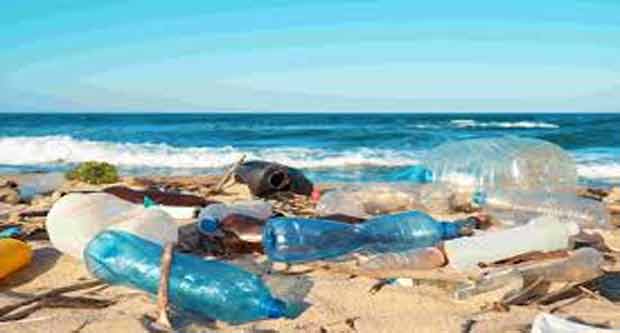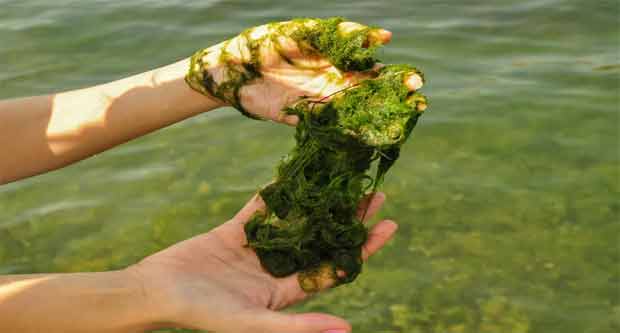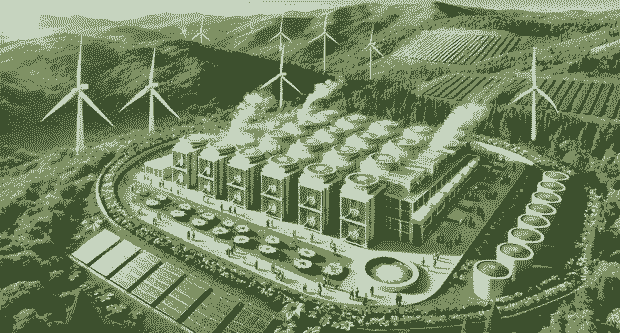Question: What kind of modern solutions and innovations can bioengineering provide for ocean pollution?
Ocean pollution is a critical global issue, with millions of tons of plastic waste and other pollutants contaminating marine environments each year. This pollution poses severe threats to marine life, ecosystems, and human health. Traditional cleanup methods, while beneficial, are often insufficient to tackle the vast scope of the problem. Bioengineering offers promising new approaches, leveraging genetically modified organisms (GMOs) and other biotechnological innovations to address and mitigate ocean pollution effectively. This article explores various bioengineering solutions to ocean pollution and their potential impact on creating a cleaner, healthier marine environment.
The Scope of Ocean Pollution
Before delving into bioengineering solutions, it’s essential to understand the magnitude of ocean pollution. According to the United Nations, approximately 8 million tons of plastic enter the oceans annually. This waste accumulates in large gyres, such as the Great Pacific Garbage Patch, which covers an area twice the size of Texas. Beyond plastics, oceans are polluted with heavy metals, oil spills, agricultural runoff, and industrial waste, further complicating the cleanup efforts.
Innovative Bioengineering Approaches
Genetically Modified Bacteria
One of the most promising bioengineering solutions involves genetically modified bacteria designed to break down plastic and other pollutants. These bacteria can be engineered to produce enzymes that degrade plastics into harmless byproducts, such as water and carbon dioxide.
Example: Ideonella sakaiensis, a bacterium discovered in Japan, naturally produces an enzyme called PETase, which breaks down polyethylene terephthalate (PET), a common plastic used in bottles and packaging. Researchers are working to enhance the efficiency of PETase through genetic modification, making it a powerful tool in combating plastic pollution.
Biodegradable Plastics
Bioengineering is also being used to develop biodegradable plastics, which can significantly reduce the amount of plastic waste entering the oceans. These bioplastics are designed to degrade more quickly and completely than traditional plastics, reducing their environmental impact.
Example: Polyhydroxyalkanoates (PHAs) are a type of biodegradable plastic produced by genetically engineered bacteria. PHAs are created from renewable resources, such as plant oils and sugars, and decompose naturally in marine environments, offering a sustainable alternative to conventional plastics.
Algae-Based Solutions
Algae are another focus of bioengineering efforts to address ocean pollution. Genetically modified algae can be used to absorb and neutralize pollutants, such as heavy metals and oil, from contaminated water.
Example: Researchers have engineered algae to produce proteins that bind to heavy metals like mercury and cadmium. These algae can be deployed in polluted areas to absorb and sequester toxic metals, preventing them from entering the food chain and harming marine life.
Bioengineering Strategies for Plastic Waste Cleanup
Enzymatic Degradation
Enzymatic degradation involves using enzymes produced by genetically modified organisms to break down plastic waste. These enzymes can be applied to polluted areas, accelerating the decomposition of plastics into non-toxic substances.
Example: The enhanced PETase enzyme mentioned earlier can be sprayed onto plastic waste in the ocean, breaking it down more efficiently than natural processes alone. This approach can help reduce the volume of plastic waste in marine environments over time.
Microbial Consortia
Microbial consortia, or communities of different microorganisms, can be engineered to work together to degrade complex pollutants. These consortia can be tailored to target specific types of plastic and other contaminants, providing a versatile solution to ocean pollution.
Example: A consortium of genetically modified bacteria and fungi could be designed to degrade various plastics, such as PET, polystyrene, and polyethylene, simultaneously. These consortia could be introduced to polluted areas, where they would work together to break down plastic waste more efficiently.
Tackling Oil Spills with Bioengineering
Hydrocarbon-Degrading Bacteria
Oil spills are a significant source of ocean pollution, causing extensive damage to marine ecosystems. Genetically modified bacteria that can degrade hydrocarbons, the primary components of oil, offer a promising solution for cleaning up these spills.
Example: Alcanivorax borkumensis is a naturally occurring bacterium that consumes hydrocarbons. By enhancing its hydrocarbon-degrading capabilities through genetic modification, researchers aim to create a super-bacterium that can rapidly break down oil in marine environments.
Bioremediation with Algae
In addition to bacteria, genetically modified algae can play a crucial role in bioremediation efforts following oil spills. Algae can be engineered to produce enzymes that break down oil, converting it into harmless byproducts.
Example: Engineered strains of the microalga Phaeodactylum tricornutum can produce enzymes that degrade hydrocarbons. These algae can be deployed in oil spill-affected areas to accelerate the natural breakdown of oil, minimizing environmental damage.
Addressing Heavy Metal Pollution
Metal-Absorbing Plants and Microbes
Heavy metal pollution is a severe problem in many coastal areas, resulting from industrial discharge and runoff. Genetically modified plants and microbes that can absorb and sequester heavy metals offer an effective solution for cleaning up these contaminants.
Example: Phytoremediation involves using plants to absorb heavy metals from soil and water. Genetically modified plants, such as Arabidopsis thaliana, can be engineered to enhance their metal-absorbing capabilities, making them more effective at removing contaminants from polluted environments.
Biosorption with Microbes
Biosorption involves using microbial cells to bind and concentrate heavy metals from contaminated water. Genetically modified microbes can be tailored to increase their biosorption capacity, providing an efficient method for cleaning up heavy metal pollution.
Example: Engineered strains of the bacterium Escherichia coli can be designed to express proteins that bind to heavy metals like lead and cadmium. These bacteria can be introduced to polluted water, where they absorb and immobilize heavy metals, facilitating their removal.
Challenges and Future Directions
Ethical and Environmental Concerns
While bioengineering offers promising solutions to ocean pollution, it also raises ethical and environmental concerns. The release of genetically modified organisms into the environment must be carefully controlled to prevent unintended consequences, such as the disruption of natural ecosystems or the development of antibiotic resistance.
Regulatory Frameworks
Developing robust regulatory frameworks is essential to ensure the safe and effective use of bioengineered solutions. These frameworks should address the potential risks and benefits, guiding the responsible deployment of GMOs for environmental remediation.
Ongoing Research and Development
Continued research and development are crucial to advancing bioengineering solutions for ocean pollution. Collaborative efforts between scientists, policymakers, and industry stakeholders can drive innovation, ensuring that these technologies are effectively integrated into broader environmental management strategies.
Conclusion
Bioengineering offers innovative and powerful tools for addressing ocean pollution, from genetically modified bacteria and algae to biodegradable plastics and microbial consortia. These solutions hold the potential to significantly reduce the volume of plastic waste, oil, and heavy metals in marine environments, promoting a cleaner and healthier ocean. However, it is essential to approach these technologies with caution, ensuring that their deployment is guided by rigorous scientific research and ethical considerations. By harnessing the potential of bioengineering, we can make significant strides toward preserving our oceans for future generations.



